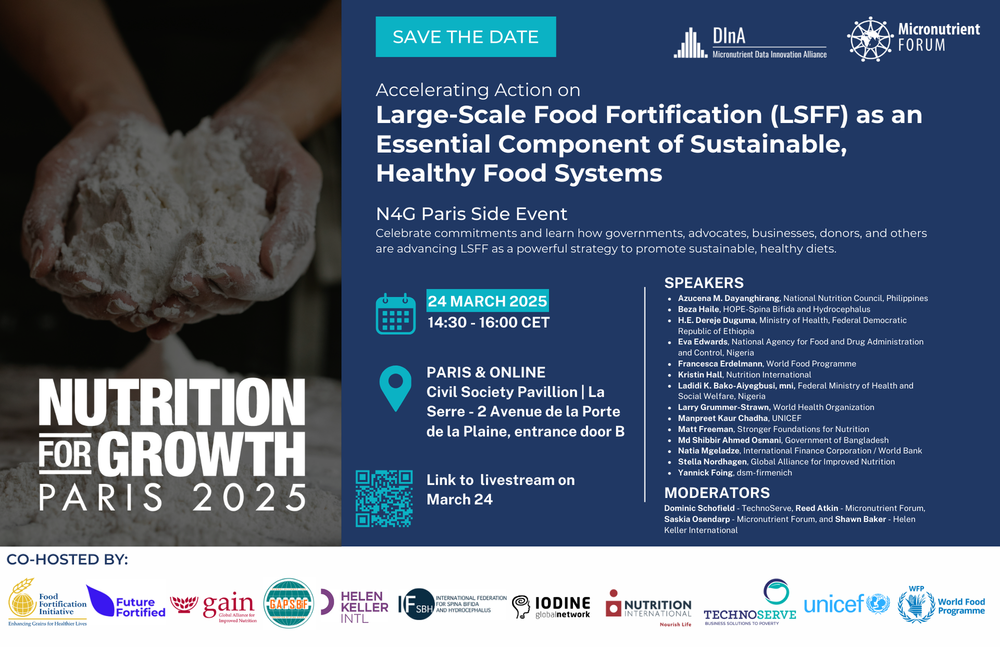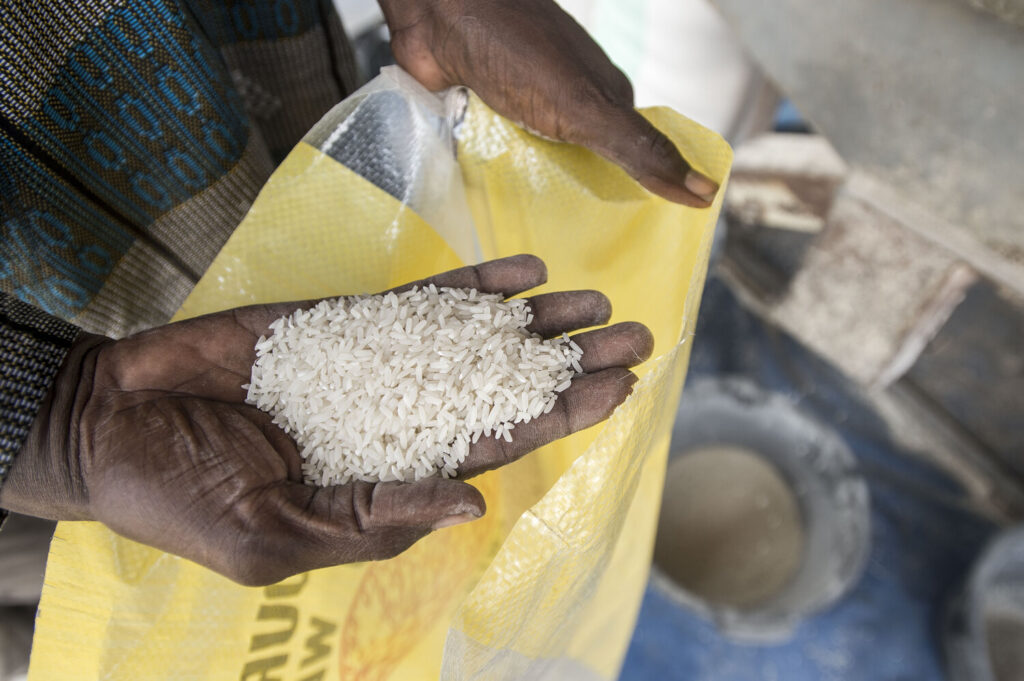Building a smarter, stronger, and healthier future
Photo: Dominic Chavez/World Bank
people suffer from micronutrient deficiency
countries with FFI presence
people reached by FFI programs
women and children gain access to essential nutrients with each dollar donated to FFI

Photo: Dominic Chavez/World Bank
Today’s children. Tomorrow’s leaders.
According to estimates, an additional 76% of birth defects of the brain and spine and 34% of anemia could still be prevented globally through adequate intake of iron and folic acid.
More needs to be done.
2024 ANNUAL REPORT
Navigating change, maximizing impact
From flour mills in Azerbaijan to the public distribution system in India, the Food Fortification Initiative’s (FFI) 2024 Annual Report highlights the significant progress our partner countries have made toward building a smarter, stronger, and healthier future through cereal grain fortification. Over the course of the year, we contributed to reducing the risk of micronutrient deficiencies for approximately 1.3 billion people through work in 27 countries across five regions: Africa, the Americas, Asia-Pacific, Europe, and India.
US$ 12,000,000 over 5 years
US$ 6,800,000 for 5 years
US$ 13,000,000 over 4 years





